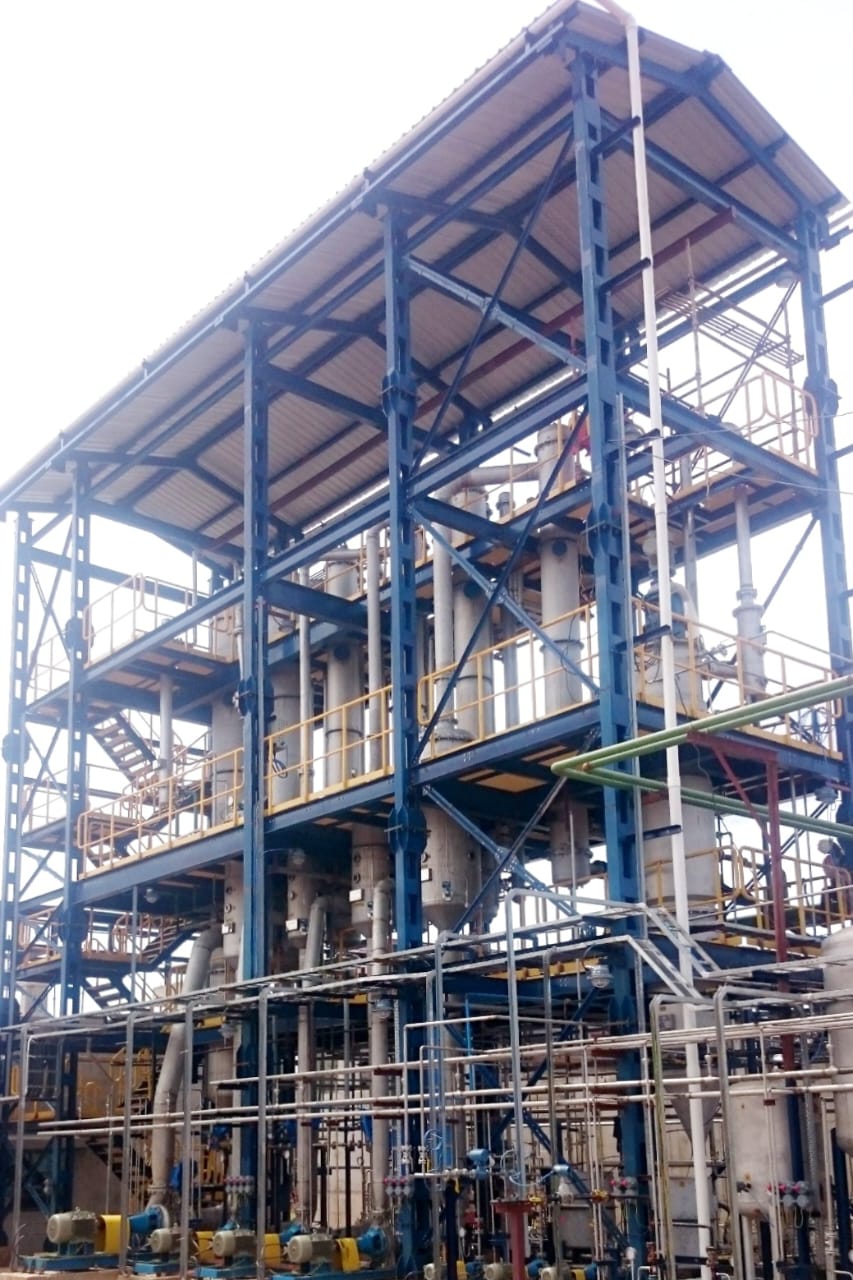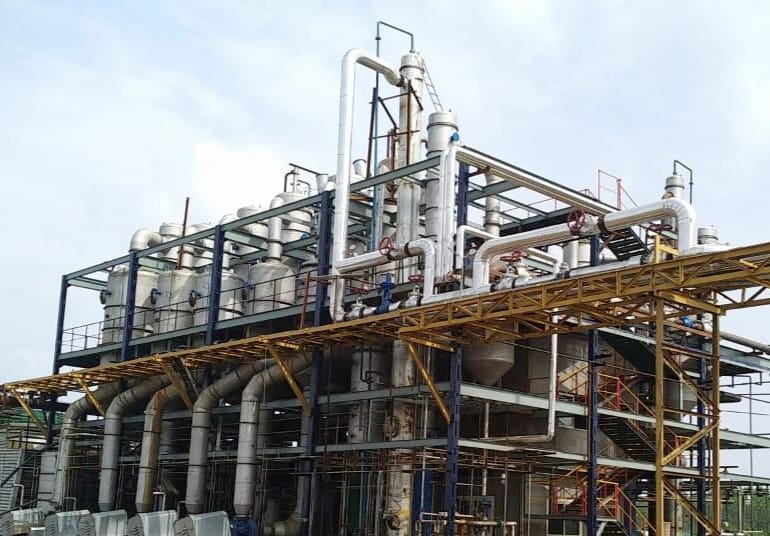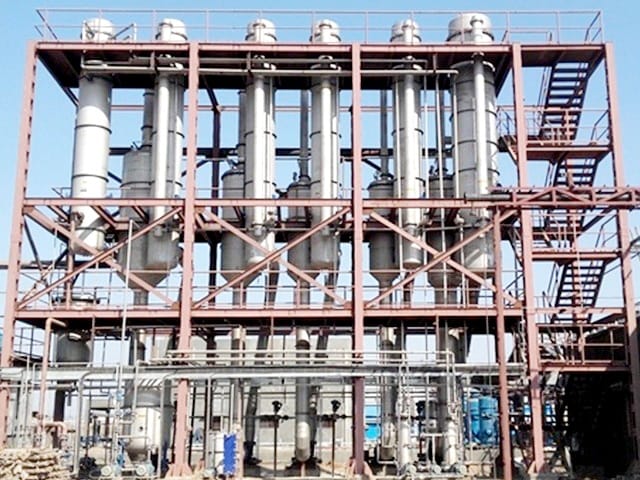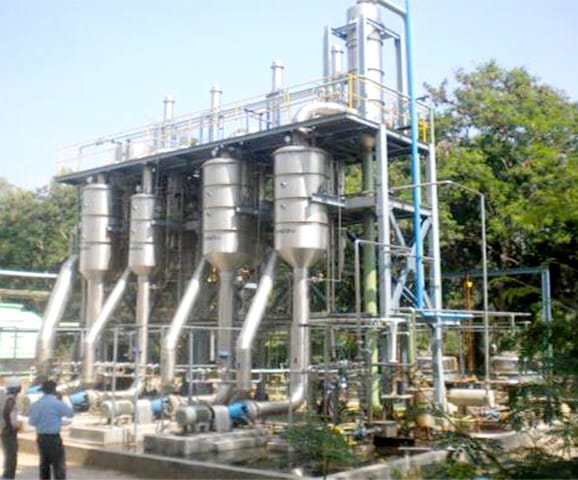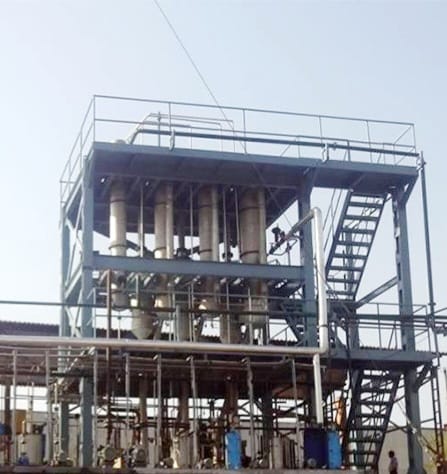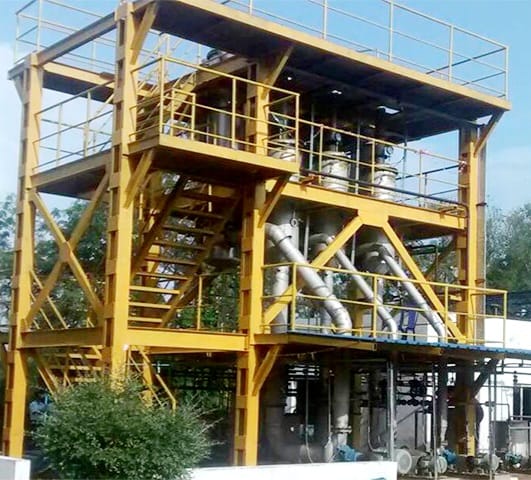Pharmaceuticals
Wastewater arising from the manufacturing, processing, and utilization of pharmaceutical products is characterized by its unique and intricate nature. It encompasses a diverse array of chemical compounds, including active pharmaceutical ingredients (APIs), solvents, and by-products originating from pharmaceutical production. Prominent components within this wastewater include residues of drugs such as antibiotics, hormones, painkillers, antidepressants, and various other medications. Additionally, a spectrum of organic compounds, such as solvents, stabilizers, preservatives, and reaction by-products from manufacturing processes, contribute to its complexity. Some pharmaceuticals also carry heavy metals, and remnants of these metals may find their way into the wastewater. Notably, many pharmaceutical compounds exhibit toxicity, posing risks to aquatic life and the environment, even at low concentrations.
Our ZLD solutions for the Pharmaceutical wastewaters offer the following benefits:
- Separation of Crystal Clear Water with a TDS of less than 250 ppm
- Dry solids with less than 5% (w/w) moisture.
- Continuous operation, 24 hours a day, 7 days a week.
- PLC-SCADA-based control and automation, with a single operator managing plant operations from the ground floor panel room.
- Eliminating manual or physical cleaning of the Evaporator & Dryer plant, with chemical cleaning required only once every 15 days.
